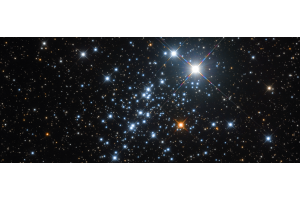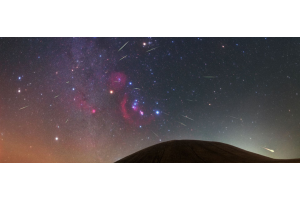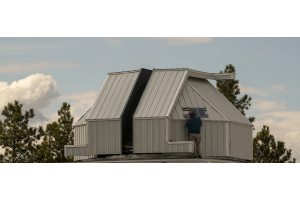
(Image credit: NASA, ESA, CSA, STScI)
NASA’s James Webb Space Telescope continues to deliver jaw-dropping views of the cosmos, and its latest subject is the stunning Sombrero galaxy, also known as Messier 104 (M104). Famous for its broad-brimmed hat-like appearance in visible light, Webb’s Mid-Infrared Instrument (MIRI) reveals an entirely different side to this iconic galaxy. Gone is the glowing core we’re familiar with from Hubble and Spitzer. Instead, Webb uncovers a smooth inner disk and a clumpy outer ring, offering a new look at how dust—an essential ingredient for stars and planets—is distributed throughout the galaxy. For the first time, we can see the intricate structures in the galaxy’s outer ring, a detail NASA’s retired and much smaller Spitzer Space Telescope couldn’t achieve.
The Sombrero galaxy’s newfound details are as fascinating as they are beautiful. Webb’s sharp resolution highlights areas rich in carbon-based molecules called polycyclic aromatic hydrocarbons, which can hint at regions where stars are being formed. However, compared to other galaxies, the Sombrero galaxy is relatively quiet in terms of star formation, producing fewer than one solar mass of stars each year. For context, our Milky Way churns out about twice as much. It’s a stark contrast to starburst galaxies like Messier 82, where star formation is up to 10 times that of the Milky Way.
 Image credit: NASA, ESA, CSA, STScI, Hubble Heritage Project (STScI, AURA)
Click to Enlarge Image
Image credit: NASA, ESA, CSA, STScI, Hubble Heritage Project (STScI, AURA)
Click to Enlarge Image
Even the Sombrero galaxy’s central supermassive black hole, weighing in at a staggering 9 billion solar masses, is surprisingly subdued. Classified as a low-luminosity active galactic nucleus, it quietly snacks on infalling material while emitting a small but bright jet. This relatively calm environment provides a unique opportunity to study the galaxy’s evolution without the disruptions seen in more active galaxies. Additionally, the galaxy boasts an impressive 2,000 globular clusters, collections of hundreds of thousands of old stars tightly bound by gravity. These clusters act as natural laboratories for astronomers, enabling them to study stars of the same age but with varying masses and other properties.
Webb’s beautiful new image doesn’t just focus on the Sombrero galaxy; it also reveals a treasure trove of background galaxies scattered across the scene. Each of these distant galaxies shines in different colors, which can tell us a surprising amount of info, such as their distances from Earth. The Sombrero galaxy itself sits about 30 million light-years away in the Virgo constellation, but its cosmic neighborhood feels alive with activity thanks to the surrounding galaxies captured in Webb’s mid-infrared view.
While competition for telescope time is intense, the discoveries it enables are groundbreaking. Best of all, the data from Webb is made publicly available, ensuring that anyone, anywhere, can explore the universe’s mysteries. The Sombrero galaxy is just the beginning—Webb’s journey into the cosmos is far from over, and the future of space exploration has never looked more promising!

Learn More
Interested in diving deeper into the world of astronomy? Check out our Astronomy Hub for a wealth of articles, guides, local resources for planetariums and observatories near you, and more to enhance your stargazing experience.











